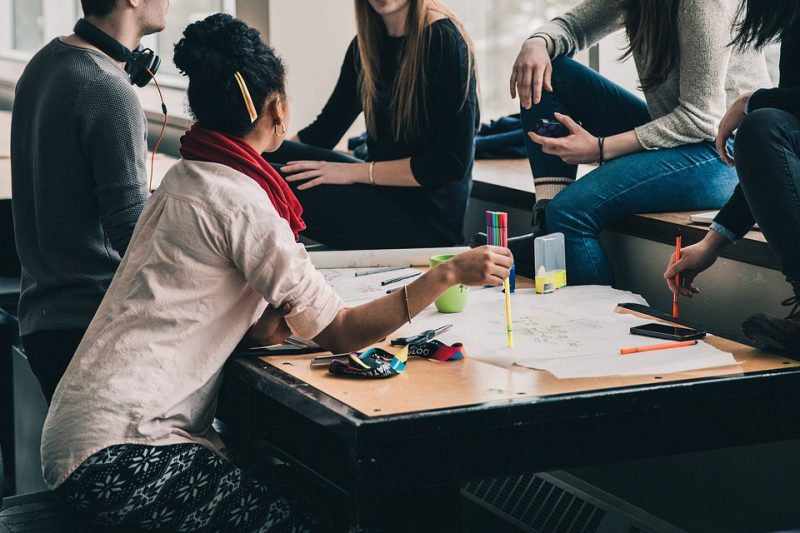
At some point in school time, we have all gotten into trouble. Whether it was a tussle with our friends or getting detention for not doing homework, we have all been there. It’s a natural part of growing up. Conflicts will always arise when children are turning into young adults. But the way these problems are handled is extremely important. It will ultimately determine how the students view conflict resolution in their lives later on, as adults. A healthy approach to such problems at this stage can solve a lot of problems in the future. So, what can we do to aid this process? How can we help our children learn the nitty-gritty of solving problems? This is where peer mediation steps in.
Peer Mediation Definition
SUMMARY
Peer mediation lesson helps students solve problems on their own. It is a voluntary process and everything in these meetings is confidential.
It is an innovative process that has proven revolutionary in such cases. As the name indicates, it is essentially a procedure in which students help their peers with conflict resolution. There is minimal to no intervention from adults. This technique is being used in schools all over the United States to help students understand and resolve conflicts in an efficient manner. The resolution is conducted by student leaders who are trained in the peer mediation process. They can effectively help their friends with problem-solving. The hallmark of this practice is that everybody participates in the process entirely voluntarily. Additionally, whatever is discussed in such meetings remains confidential.
Benefits of peer mediation
SUMMARY
Peer mediation will teach students how to rely on themselves and take responsibility for their actions. This will help them behave properly even in the absence of teachers, parents, and other adults.
Discipline programs often depend on an adult to interfere. However, they cost a lot of time and resources. They also only work when the students are under surveillance. Moreover, this deprives the children from learning the basics of problem-solving.
How many times have you had a disagreement with your partner or friend? How many times have you wished you knew how to solve it? Learning this skill at an early age can help the next generation in ways we cannot even imagine right now.

Here are some of the benefits of letting students use peer mediation:
- Learning self-responsibility: A peer mediation program teaches the students the importance of taking responsibility for their actions and the consequences of these actions.
- Learning self-regulation: Learning how to regulate their own self will help them act in ways that are socially approved.
- Maintenance of self-discipline: Eventually, the students will learn how to behave this even in the absence of an authority figure. Imagine that!
- Improved cognitive development: Self-responsibility is an essential milestone in the cognitive development of young adults.
- Saving time and resources: Peer mediation forms saves time and resources. If a teacher is handling conflicts, there would time-outs and detentions. Letting the students handle these problems will save this effort. Thus, it is a complete win-win.
Now that we have established how useful such a program can be, we have to ask ourselves the next question –
What makes a peer mediation program successful?
SUMMARY
The problems that need peer mediation must be enlisted. The entire school staff should be willing to help mediators.
Before implementing the program, you need to go through this checklist. This will help you ensure the process is smooth as butter.
1. Define what problems need mediation
Make a definitive list of the kinds of issues that require intervention. What are the most common problems in your school? Vandalism, bullying, use of racial slurs, spreading false rumors, cheating, stealing etc are all common examples. The school needs to define what counts as a conflict before implementing the program.
2. Support from staff and administration
Administrators and teachers must be willing to forego traditional discipline methods. They should also overcome their attitudinal resistance and be willing to help the mediators at all times. Additionally, the team in charge of discipline should support the efforts of the mediators.
TIP
In order to ensure proper supervision of the program, make sure you appoint a coordinator. A skilled coordinator can significantly boost the growth of the program, and act as a communication channel between the student body, administration staff of the school, peer mediators, and the parents.
How to select a peer mediator?
SUMMARY
Students should be able to relate to the mediator. The mediator should know how to train other students. If someone is rejected from the program, it should be done gently.
- Mediators should reflect the student body in terms of culture, race, gender, academia, and social behavior. Your students should feel as if the mediator is one of them, not an outsider.
- The selection process should be open and transparent. This will help you earn the trust of the students.
- The selected candidates should have problem-solving skills, along with the ability to train new mediators. It ensures there is a continuous army of peer mediators.
CAUTION
If a student is rejected from the program, it should be done gently to avoid hurting the feelings of the student. Alienating the student can backfire. Make sure they understand what’s happening and do not take it personally.
9 Elements of ‘Peer Mediated Instructions’
SUMMARY
Everyone should be comfortable with each other. There should be clear communication. Students need to understand each other’s feelings. They should develop a solution that is acceptable for all of them.
The main goal of peer mediation training is to shift the students’ mental faculties from blaming each other, to a solution that is beneficial for all parties. For this, you need to establish clear, step by step guidelines.
TIP
Students are often too immature to properly enforce conflict management. You can use some strategies for developing the mediation skills in the students before enforcing such a program. Some examples of these strategies are – active-learning, role-playing, and learning by solving problems. You can also conduct workshops for the same.
1. Questioning

Make a pre-mediation questionnaire that the students can fill before the session. Ask them to be honest and truthful.
2. Comfort

Ensure that the students are comfortable working with their peer mediators. If there is any conflict, bring in another mediator.
3. Privacy
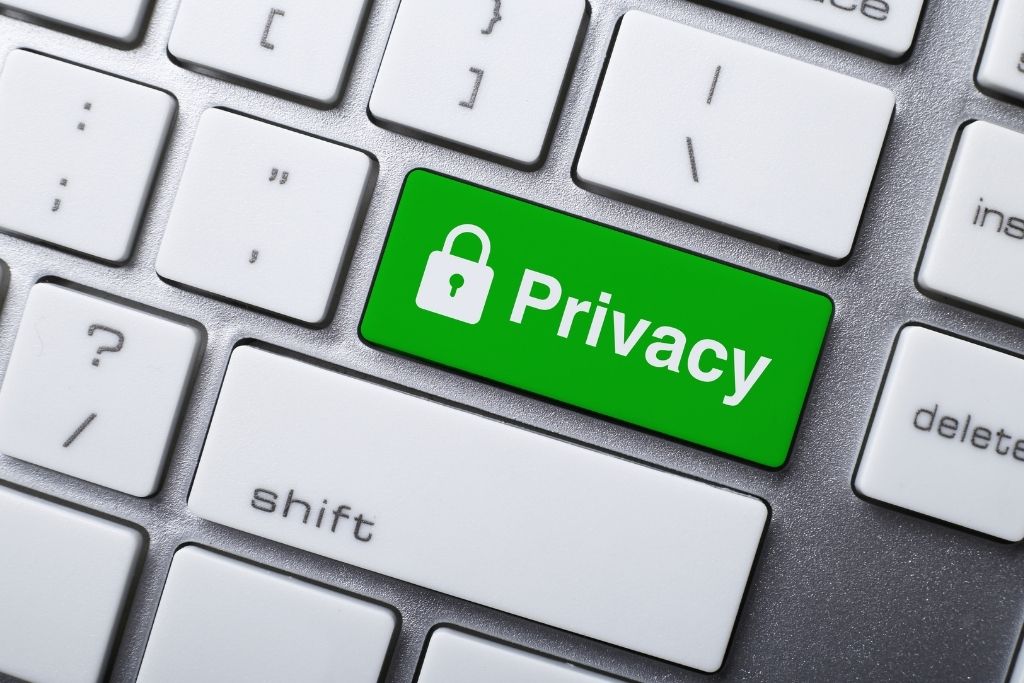
Assure the students that the mediators will not disclose any of their personal information.
4. Respect
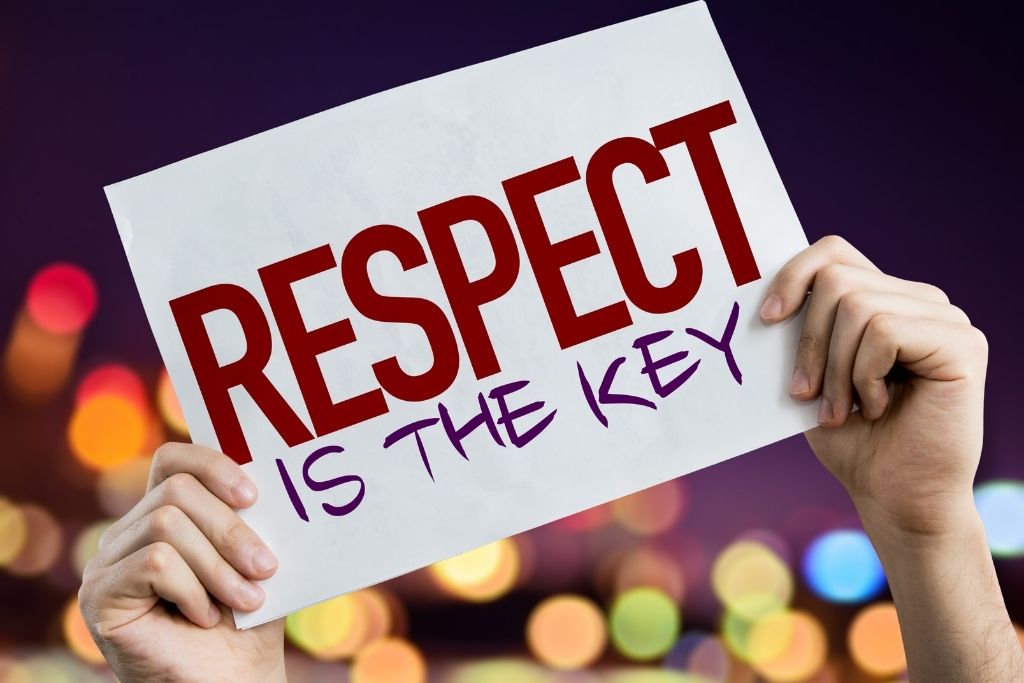
Instruct the mediators to be calm and respectful towards the students.
5. Communication

Make sure that all the parties listen to each other without any interruptions. Ask the students if they understand each other’s point of view.
6. Understanding
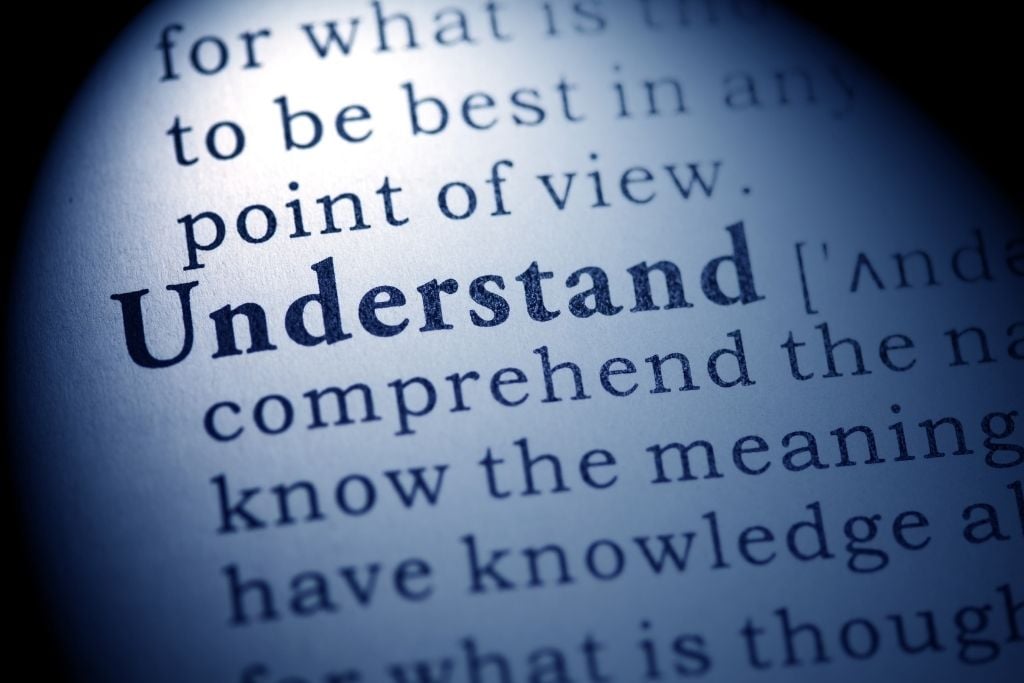
Discuss how everyone feels. Make a point to explain to the students how the issue if affecting each of their feelings.
7. Problem-solving
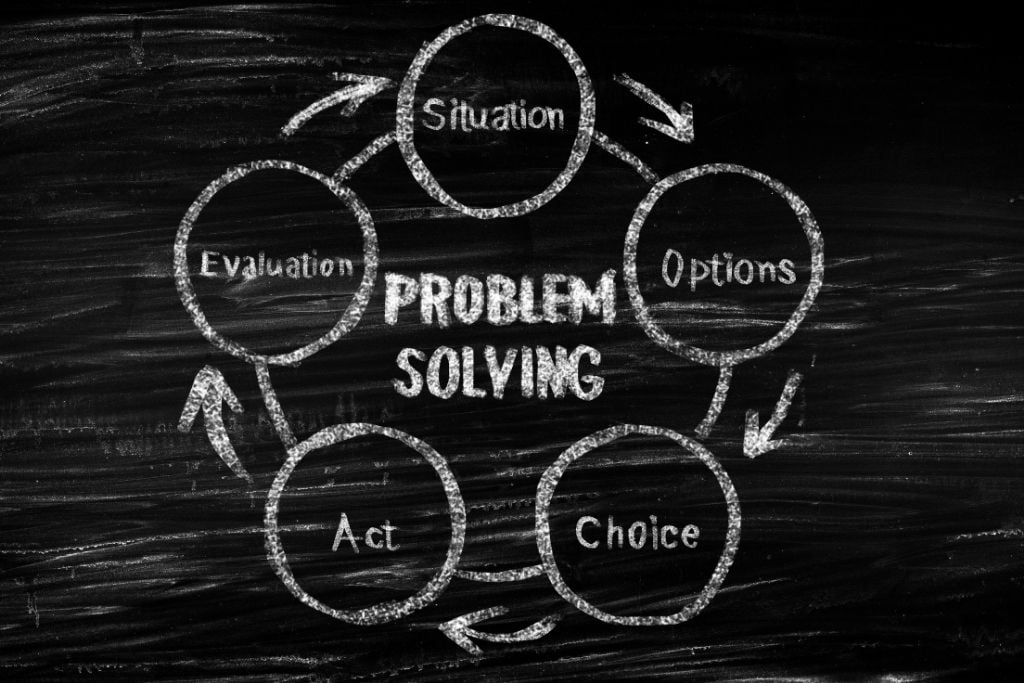
The students will then discuss the best possible solutions. They should also try to understand what it means for both parties and how it will affect them.
8. Agreement

At the end of the session, both students should sign a memorandum. This document states that everyone understands each other.
9. Follow up

Plans should be made to follow up later. This will help you check how the students are doing and if there is any progress.
CAUTION
Before leaving the room, make sure everyone is comfortable with the proposed solution. If a student is hesitant to speak, it may be because of fear or peer pressure. It is the job of the peer mediator to make sure this does not happen.
Final Thoughts
Although it is difficult to measure the success rate of these programs, it is no surprise that they do reduce suspension rates by up to 50%. Research has suggested that violence in schools is significantly reduced when students learn how to resolve their disputes by communicating clearly. They also help decrease the time teachers spend on disciplining the students, and also increase the self-esteem of the students who act as mediators.
However, the role of school staff cannot be neglected. The school principal needs to play an active role. The staff and the rest of the administration should be held accountable too. If you are planning on enforcing the program in your school, make sure you have a clear understanding of all the elements!
Surabhi has a deep passion for words. She puts her heart and mind into whatever she pursues and craves for creative ventures. She has always been keen on creating original content that can make a difference. In her experience as a content writer, she has had the opportunity to work on several fields with Psychology being her favorite. Surabhi says, words have the power to transform the world, better than a sword. So she hopes to contribute her bit to this revolution. At TheMindFool, she feels lucky to have the opportunity to share content capable of bringing about a change in the lives of the readers.
